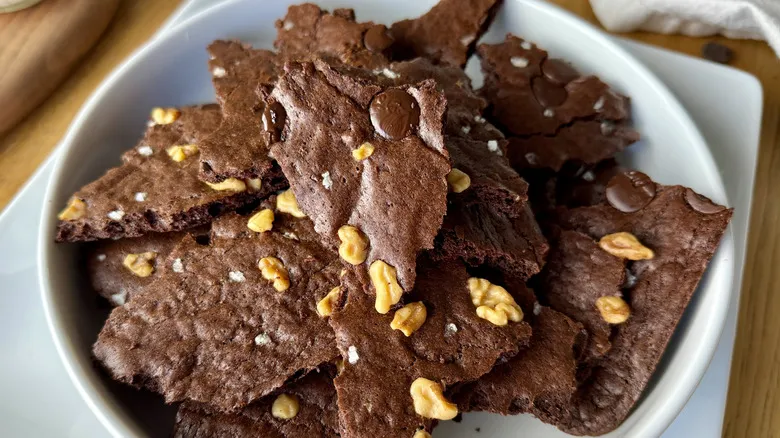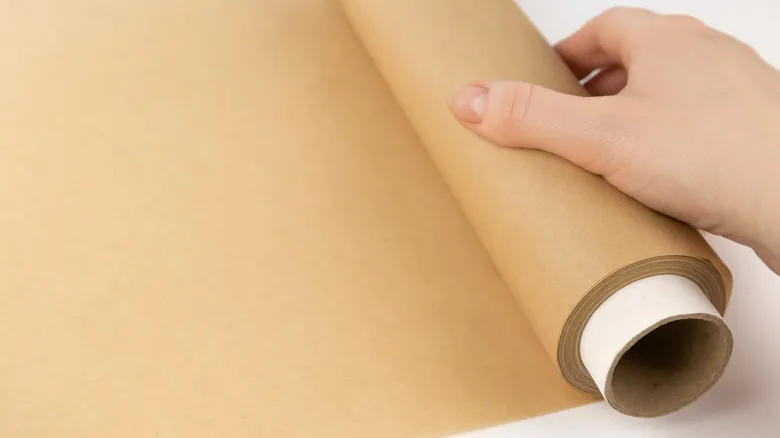Simple focaccia, endless possibilities
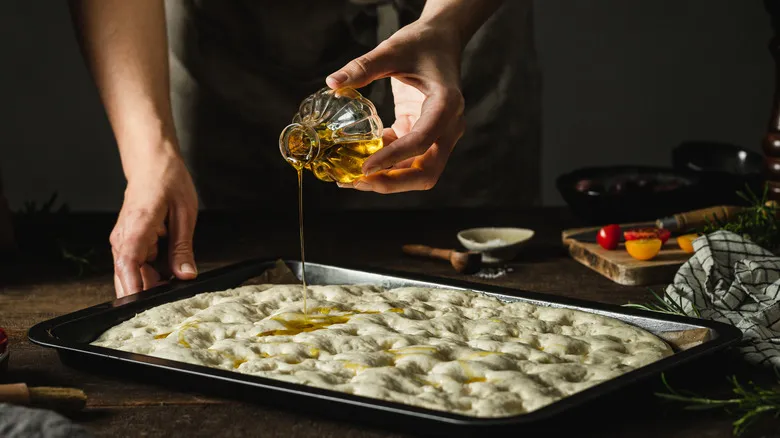
This method is incredibly straightforward, allowing you to quickly prepare fresh focaccia whenever you like and experiment with a variety of toppings to match your preferences. You can bake the bread in different types of pans, whether it’s a rimmed sheet pan or a cast-iron skillet. Don’t forget to create those signature dimples in the dough with your fingers before baking; they help retain the olive oil and toppings, giving focaccia its distinctive texture. Consider using hearty herbs like rosemary, thyme, or sage, which can endure the heat and olive oil without wilting. Steer clear of overly wet ingredients, such as large tomatoes (opt for smaller ones like cherry tomatoes), as they can make the dough soggy. And don’t hold back on the olive oil — being generous will help achieve that crispy, golden crust that makes focaccia so tempting.
Focaccia is best enjoyed within two days of baking if stored at room temperature, or up to five days in the refrigerator — it can also be frozen for later use. It serves as an excellent base for sandwiches — try layering it with fresh mozzarella, basil, and prosciutto — or enjoy it alongside soups and salads. With this method, you can transform leftover dough or overproofed bread into a delicious focaccia, making it a fantastic way to minimize kitchen waste. The ease and versatility of this recipe ensure that you can always have fresh, homemade bread on hand.
Recommended
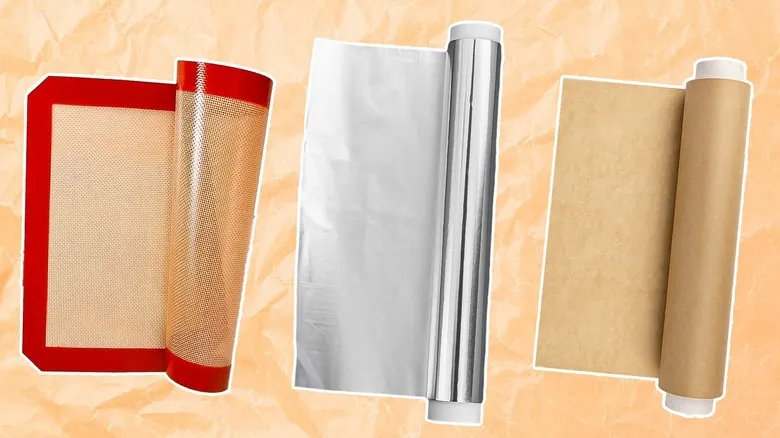
Parchment Paper Vs Aluminum Foil Vs Silicone Mats: Which Is Best To Bake Cookies On?
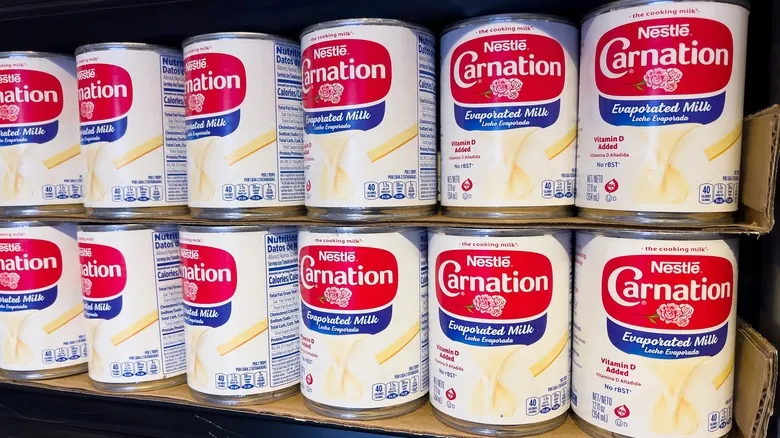
The Crucial Step To Using Evaporated Milk As A Substitute For Milk
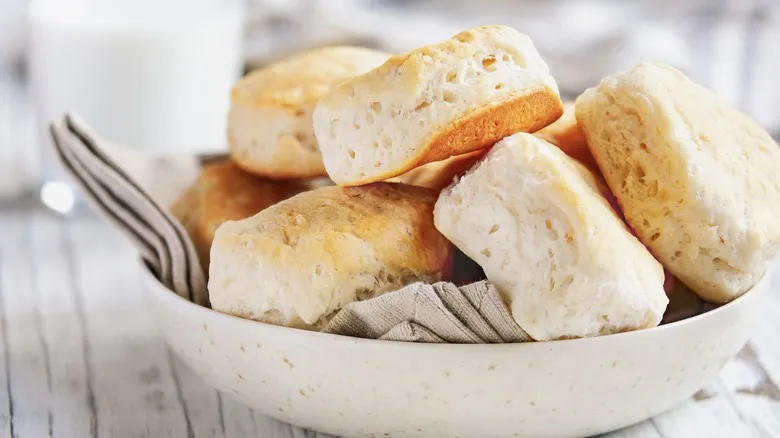
The Exact Difference Between Biscuits And Scones
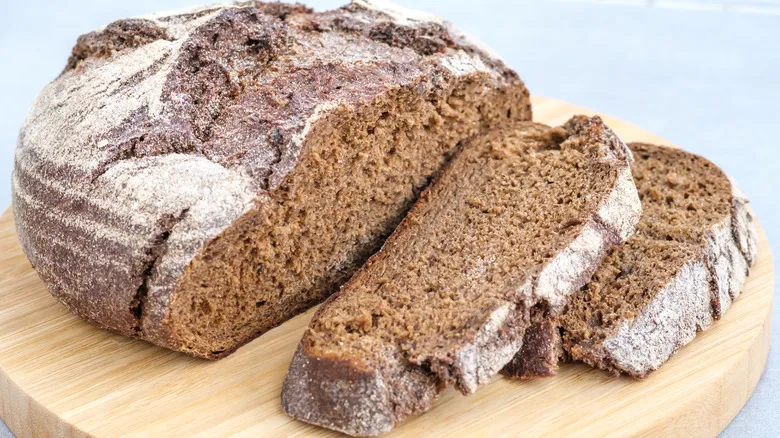
The Flour Tip You Need For Fluffier Rye Bread
Next up




